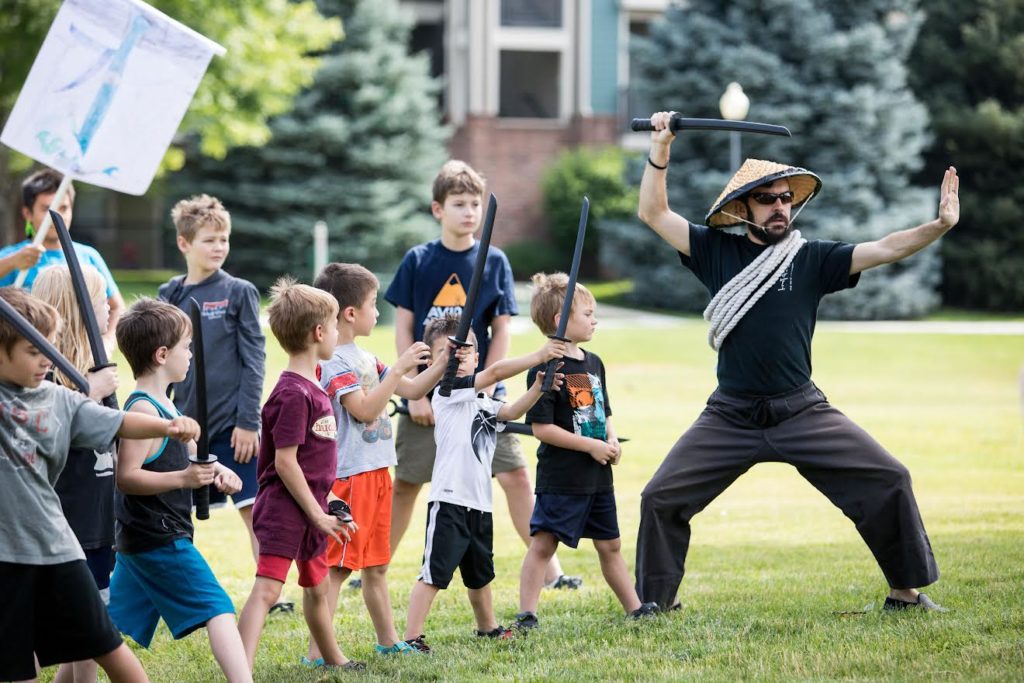
The Fascinating World of Ninja Weapons:
A Historical Journey
The image of a stealthy ninja, clad in black and armed with an array of deadly weapons, has captivated our imagination for centuries. Ninja weapons are not only intriguing but also an integral part of Japanese history and culture. In this blog, we will delve into the history of ninja weapons, explore their various types, discuss their differences, and highlight the underlying similarities that make them so iconic.
The Origins of Ninja Weapons
The roots of ninja weapons can be traced back to feudal Japan, during the turbulent Sengoku period (1467-1603). The ninjas, also known as shinobi, were skilled covert operatives who employed a wide range of tools and weapons to carry out their missions. The art of weapon crafting and usage played a crucial role in their secretive activities.
5 Common Types of Ninja Weapons
Shuriken (Throwing Stars): Shuriken, often referred to as ninja stars, are small, flat, multi-pointed blades. These weapons were primarily used for long-range attacks and distraction purposes. Shuriken came in various designs, including the classic star-shaped ones, as well as more unique shapes like spikes or knives.
-
Kunai: The kunai was a versatile tool that originated as a gardening implement. Over time, it was adapted for combat by the ninjas. Kunai knives had a leaf-shaped blade with a pointed tip and a ring on the end of the handle, allowing for easy attachment to ropes or chains. Kunai were used for climbing, digging, and as a close-quarters combat weapon.
-
Katana: The katana is perhaps the most iconic and recognizable ninja weapon. With its curved, single-edged blade and a long grip, it is a symbol of samurai and ninja alike. Although samurais were primarily associated with katanas, ninjas often wielded them as well, employing their stealth and agility to gain the upper hand in combat.
-
Ninjato: The ninjato, also known as the ninja sword, was specifically designed for the ninja’s needs. It had a straight blade, unlike the curved katana, and was slightly shorter in length. The ninjato allowed for swift, silent strikes, making it ideal for close-quarters combat and assassinations.
-
Kusarigama: The kusarigama consisted of a sickle-like blade attached to a chain with a weight or small projectile on the end. This weapon provided the ninja with a combination of slashing, striking, and entangling capabilities. It was a versatile tool, allowing for both long-range and close-quarters combat.
Similarities and Techniques
Despite their diverse forms and functions, ninja weapons share common characteristics and techniques:
- Stealth and Concealment: Ninja weapons were designed with the ninja’s core principle of stealth in mind. They were compact, lightweight, and easily concealable, enabling the ninja to move swiftly and undetected.
- Adaptability and Versatility: Ninja weapons were multi-purpose tools that could serve various functions beyond combat. For example, kunai knives were used for climbing, digging, and even as a makeshift grappling hook.
- Unconventional Techniques: Ninjas were skilled in unconventional combat techniques, including ambushes, surprise attacks, and guerrilla warfare. Their weapons played a vital role in executing these tactics effectively.
- Superior Mobility: Ninja weapons were designed to complement the ninja’s agility and quick movements. Their lightweight construction and ergonomic designs allowed for swift strikes and seamless integration into acrobatic maneuvers.
Conclusion
Ninja weapons have a rich history deeply intertwined with the secretive world of the shinobi. From shuriken to katana, each weapon served a specific purpose in the ninja’s arsenal, showcasing their ingenuity and resourcefulness. While these weapons have unique characteristics and functionalities, they share common traits that make them iconic. They were designed to be lightweight, concealable, and adaptable, reflecting the ninja’s emphasis on stealth and agility. Moreover, ninja weapons played a crucial role in executing unconventional tactics and complemented the ninja’s mastery of mobility. Exploring the world of ninja weapons not only unveils the fascinating history of ninjutsu but also highlights the universal principles of adaptability, versatility, and strategic thinking that resonate with martial arts enthusiasts across different disciplines.

